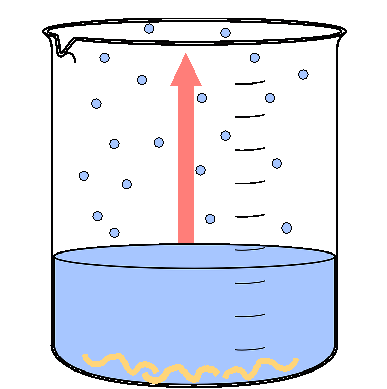Peptide Crystallization
Creative Biostructure is a pioneer in the field of peptide crystallization and have rich experience in determining the structure of small peptides and their complexes with proteins.
Introduction
Peptides consist of short amino acid chains, mostly without well-defined conformation in solution (except cyclic peptides). Like many other flexible small molecules, peptides can be crystallized under appropriate conditions, where they can have reasonable and stable conformation and retain their native structures and functions.
The main purpose of peptide crystallization is to produce well-ordered crystals with uniform content. Peptide purity is an important parameter before crystallization. The presence of various contaminations makes crystals almost unsuitable for X-ray diffraction and analysis. Only a few peptides can form crystals from the mixture of different peptides and amino acids. Due to this property, crystallization is sometimes used as a peptide purification technique. For most cases the purity of peptide should be no less than 95%. Several peptides adopt stable conformations by adding extra compounds like metal ions, such as cyclic peptide antibiotics (e.g., Valinomycin). In this case, it is very important to use proper compounds to obtain crystals with preferred peptide conformations. The size of crystals is also crucial, which should be large enough and well-packaged to diffract X-ray with detectable pattern of diffraction, while small enough to avoid any possible distortion. The optimal size for peptide crystals is about 0.2-1.0 mm.
Peptide Crystallization by Evaporation
Evaporation is the most commonly used crystallization method for small peptides, linear or cyclic. In this method, a saturated solution is first prepared by slowly increasing the peptide concentration. The reservoir, covered with a thin film with small holes, should be wide enough to allow pick-up of the later formed crystals. After reaching the maximal solubility, the peptide will start to precipitate in order to maintain the maximal concentration allowed in the solution. The precipitant can be in amorphous, crystalline or crystal state.
 Figure 1. Diagram of the evaporation method.
Figure 1. Diagram of the evaporation method.
Creative Biostructure has the capability to crystallize small peptides using advanced peptide crystallization technique, especially for those flexible ones having no preferable conformation. Besides, our scientists are also experienced in the co-crystallization of peptide-protein complexes, whose structural information is critical for the understanding of their interaction and the development of peptide therapeutics.
Please feel free to contact us for a detailed quote.
Ordering process
References
-
Conejero-Muriel M, et al. (2015) “Protein crystallization in short-peptide supramolecular hydrogels: a versatile strategy towards biotechnological composite materials”. CrystEngComm 17:8072-8078.
